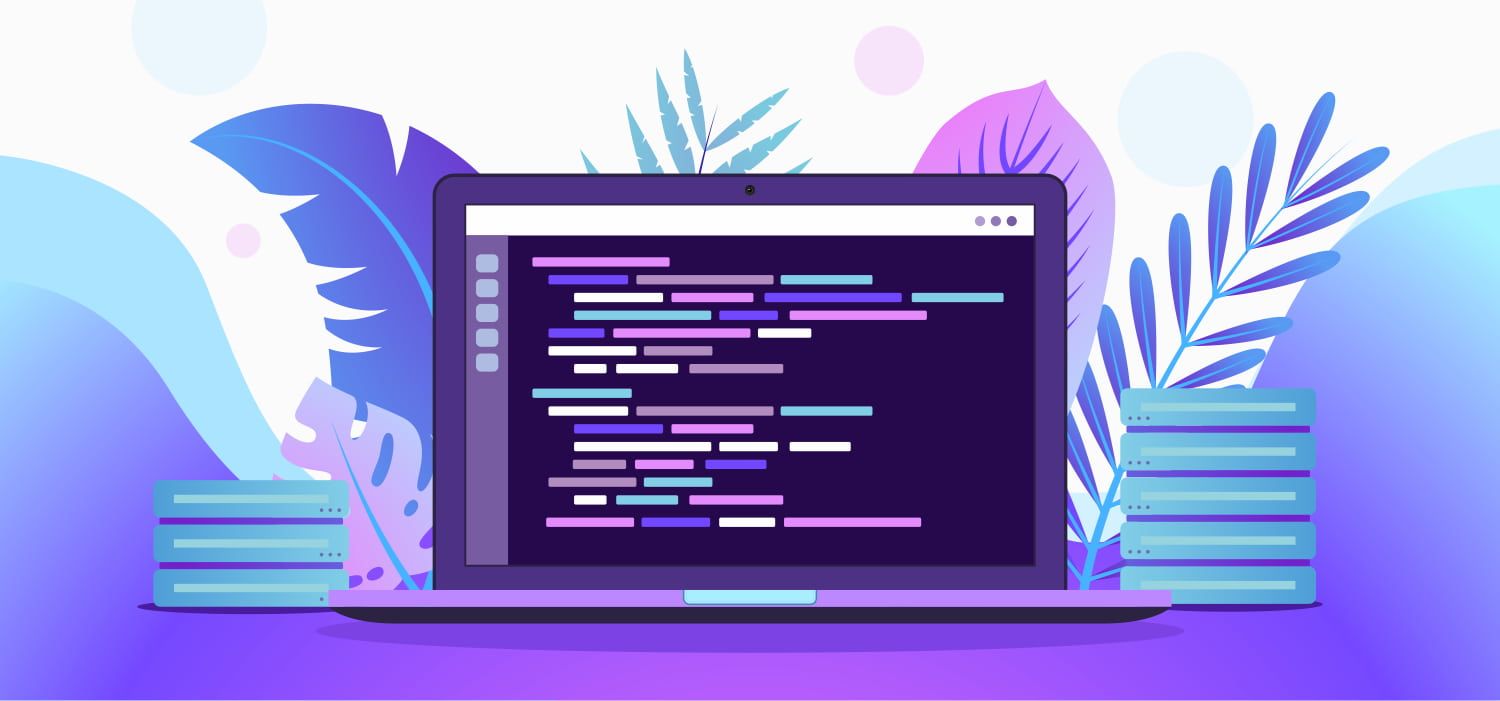This article is written based on the experience of our dev team, and we want to share out thoughts with the community. From the first sight, this information is only for dev teams worldwide, but actually, it could be a handy manual for each startup owner who is thinking of new product launch.
Could a client lead technology development? Does this scheme successful for the final product? Let’s figure out this together. Please take to the account that in this article we will speak only about clients without a tech background.
A client is always right! And taking into consideration that you or your team is hired by a client it is natural that you should follow his suggestions and requirements. However, you should identify situations when being led by a client’s wishes is a bad idea that potentially might cost you a reputation not to say launching a high-quality product.
As a client who has a certain tech background, it might be reasonable to listen to his suggestions and discuss product development process together. On the other hand, a client without proper tech skills and understanding of the process might ruin the concept of successful product making.

Case Study: When a Client had Led the Project
There are cases when clients intrusion to the development process might lead to a horrific delay or at some points even to the failure of the product. Now, being a team of professionals gathered to deliver the best practices, mostly each of our teammate faced with a similar case while working as the freelancer or being part of a group of devs, in past, who were not interested in agile itself. That is why we would like to share our experience with you based on one exact case.
At the beginning of the project:
Confirmed MVP concept - Marketplace for Flowers Boutiques. The idea was quite simple - create a web application where the Flowers Boutiques owners would be able to register an account as the vendor and present their products to the client. From the client side, there was no need for account registration or login - they were able to look through the list of vendors and pick the most beautiful bouquet and input the address for delivery. There were some features more but at the end of the estimation phase, the customer was informed that it could take up to 3 months as there were no exact mockups for the beginning and UI/UX design was also included in the scope.
Read our article Top 5 Startup Challenges and How to Deal With Them
The suggestions to the client during the development process:
Confirm all features of the MVP;
No changes in the structure;
No additional functions;
The focus on the exact market niche;
Focus on the best UX for exact service;
Focus on one exact city for the beginning;
Release the MVP as fast as possible to be able to get as much as possible customers feedback to be able to understand what was done great and what should be improved.
The “final” product:
It’s really hard to stop the person who is inspired by his idea and actually lives his own project. So the conclusion of 8 months of work on this project, after which the developer involved in the process left the company and don’t have an ability to check the final result as well as check the live website. It could have been in the development phase till now…
Additions to the confirmed MVP:
Mobile application for the client and vendors;
New role - delivery services (new roles: delivery company and individual courier);
Registration of the client;
New types of gifts in addition to the boutiques: plus toys and sweets;
Focus on all EU region instead of one exact city;
Delivery tracking of time and place mode;
New services: decoration of celebrations (birthdays, weddings, corporate parties etc).
It’s just a short list, but looking at it, you can hardly imagine what dev team faced while the project development. The initial architecture of the MVP changed over 5 times and led to horrific time loss.
The conclusion:
It’s only your decision as the freelancer or the dev team to be led by the client or not. You just need to think wisely what it could bring to you. Your team could be exhausted and demotivated by continuous overwriting of the application. Delay of the release won’t give you a chance to show newly completed product in your company portfolio. In fact, the client could just freeze development on the middle phase as there won’t be any opportunity to go live with partly completed functionality of the application.
It’s hard to imagine that such cases even exist but actually, it is a daily practice for development teams worldwide. Facing similar situation, it is crucial for you to be on the side of the customer and to try as hard as possible to navigate him/her to the fastest way of product delivery and live version of the product. Fast MVP release is the win-win situation for both sides.

What Exactly Entails Problems When Working on a Product?
Eventually, the following factors would affect your new product development process. Whether it will be a successful product or not, it all depends on your decisions during the product development as well as preliminary research to create the basis for your business. In case you develop from scratch, it is important to follow the basic rules of startup development.
Read our article on 7 Expert Development Tips for Building a Startup
Let’s take a look at what exactly may entail problems during the product development and what you need to do in such cases.
There is no vision of the target audience.
This is the most common mistake that clients allow to happen. Without a clear understanding of who and why will use/buy your product, there is a high chance that your product will be a failure.
On the other hand, having a specific user in mind and your business will grow while the product will have a high market demand. To identify your target audience, you need to answer the following questions:
Who are they? What is their age, gender, profession, income, etc..
How do they think? What are their likes/dislikes, interests, attitudes, etc..
What do they do? How do they consume media? What sites do they visit? What platforms do they use?
After building the profile of the future target user, you will not have any difficulties to reach them and expand your business.
Lack of initial survey of vendors.
The dev team should collect as much as possible information about what is required to be in the product. However, a simple collection of facts is not enough. In case the client does not have the specification on his project, then this obligation lies on the shoulders of the dev team. In order to avoid any misunderstandings, client and dev team should cooperate and discuss every little detail of the product. Thus, without the necessary survey of vendors, the team won’t have the complete outlook of the product.
There is no focus on a specific niche market.
Sometimes a client has a brilliant idea, however, he/she doesn’t know how to right implement it. The main mistake is the wish to cover several niches, so at the end of the day, there is no focus on a precise niche. Without a particular niche in mind, a client won’t provide the product’s specification based on market research.
Absence of the marketing analysis.
You need to know what goods or services have the highest demand in the market. Period.
For example, if a client has in mind to develop a profound marketplace - there will be a huge mistake to start concentrating on various features and providing multiple services at the very beginning. Such a product will be very hard to scale while the quality of services might be questionable. Therefore, more reasonable to do a market analysis and find out what top three goods/services have the highest market demand. Concentrating only on the top goods/services provided by the marketplace you have all chances to launch the MVP as soon as possible to collect the first feedbacks, so further product improvements could be made.
The launch of the MVP shifts due to adding new features to the product.
There is a huge misconception that if a client has enough financial assets and agree to shift the launch of the product it would definitely lead to success. This is wrong!
In reality, a client might infiltrate into the development process and constantly adding new features to his product’s MVP. At first glance, it seems a good practice due to the fact the dev team always has the tasks to do. However, working on the supplement features significantly shifts the launch of the MVP, which will not benefit the quality of the final result.
A client may not understand the importance of the MVP which suppose to be launched with the basic features and as soon as possible. The MVP gets the first reactions and feedbacks regarding the product functionality, so later you will know what you need to improve, add or even eliminate from the product. In addition, the initial aim of the MVP is to frame the users that consequently will promote the product so the client and dev team could work based on support and further evolution of the project.
Moreover, there is no understanding that adding new features to the MVP, which were not included in the initial tech specification, could make the dev team rewrite already existed features as the basic functionality was not ready for them. At this point, some new features may overlap the old ones or eventually the huge amount of data will ruin the smooth running of the product.
You may read about Top 5 Business Challenges and How to Deal with Them.

Conclusion
It’s only up to you as a freelancer or a dev team to be led by the client or not. Take in mind all possible outcomes of such a decision. As a client who has a certain tech understanding, it might be reasonable to listen to his suggestions and discuss the process of development together. On the other hand, a client without proper tech skills and understanding of the process might ruin the concept of successful product making.
In reality, by constant adding new features to the product by the client, the team could be exhausted and demotivated by constant overwriting of the application. Thus, you should identify situations when being led by a client’s wishes without the tech background is a bad idea that potentially might cost you a reputation not to say launching a high-quality product.
We recommend following a simple rule (for both clients and the dev team): to have a precise target audience in mind, to survey vendors at the beginning of the development process, to have a focus on the specific market niche, to do marketing analysis and launch MVP with only basic features and as soon as possible. In fact, the huge mistake is to delay the launch of the MVP. The product needs to be put out to the market at the early stage of development in order to collect the basic feedbacks so later it will be possible to improve the functionality of the product.
Based on the experience of successful business, it is fair to state that it suppose to be a healthy balance between the client’s requirements and the reality of the business world.
In case you have left any questions or you have any suggestion, feel free to contact us and we will help you in any inquiry!





